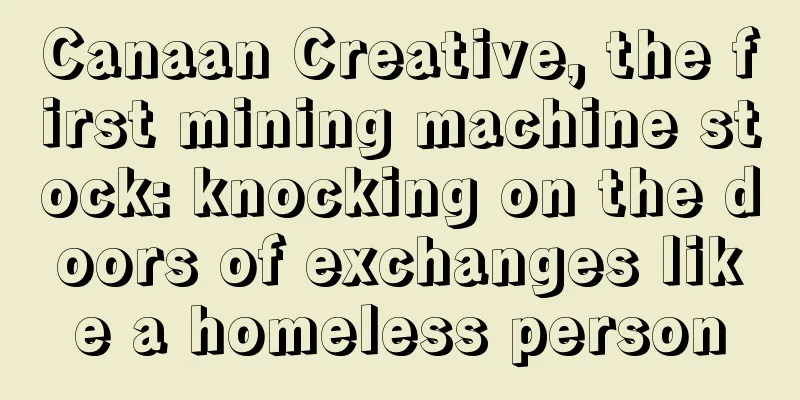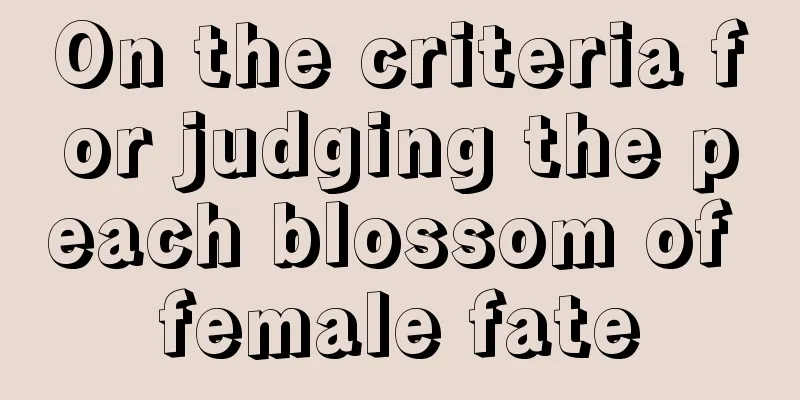Blockstream tests new Bitcoin contract script to revive Bitcoin anti-theft function on the sidechain

|
At its core, Bitcoin is about giving users more control over their currency. Bitcoin, often called 'programmable money', has scripts that restrict future spending of bitcoins (as well as controlling variables such as who can spend them). One of these scripts ensures that users can spend bitcoins by checking that the correct signature is used before unlocking and sending the funds. Last week, Blockstream developer Russell O’Connor revealed that he has been testing some new scripts on the Elements Alpha sidechain (which is pegged to the Bitcoin testnet) that could enable new functionality. These new kinds of scripts, called “covenants,” potentially open up new possibilities for how bitcoin users can control, limit and spend funds — and how bitcoins can be protected. (This idea has been explored before by researchers Malte Möser, Ittay Eyal and Emin Gun Sirer.) One of the use cases of these scripts is to help users control their Bitcoin in the event of a hack. When asked how the new 'contract' would work, Eyal said it could be a boon to people who are concerned about their bitcoin being lost or stolen. Eyal told CoinDesk:
Extending Bitcoin ScriptEyal points out why this idea is noteworthy: it is a script that can restrict how Bitcoin can be spent, and it is a script that has never been implemented in Bitcoin before. In particular, there are two new contract scripts, and Blockstream explored whether the scripts are valid through parameters and outputs, and whether the transaction is spendable under its constraints. It is worth noting that in terms of security, Bitcoin’s current script system is quite simple. There are currently many regulations in the Bitcoin system, and because new features can be very dangerous, they take time to test. This is where sidechains come in handy, because sidechains are not fixed to the main chain. Since June last year, bitcoin startup Blockstream has been working on interoperable blockchains to experiment with new features for bitcoin, and this example shows how these new chains can be used to test new features. These proposed operating codes could form the basis for new features and even help bitcoin exchanges and users prevent the loss of stolen funds. Use CasesHowever, while Blockstream is implementing the idea, the idea originally came from researchers at Cornell University. In February, researchers Malte Möser, Ittay Eyal and Emin Gun Sirer proposed the idea of a ‘Bitcoin Vault’ (implementing their own version of the contract) that would help users get their bitcoin back in the event of a hack. (The idea gained renewed attention after the Bitfinex theft that cost 120,000 BTC). Eyal explained:
But he pointed out that contracts and vaults are often at odds with each other: If users create new keys to avoid losing their funds, that means it’s easier to steal them. At the same time, if you create fewer keys, it’s easier to lose your funds. In the meantime, Blockstream is testing the Treasury as a potential use case, and contract scripts may have other use cases in the future, including lending. The idea seems to have been dormant for a while, with developers even discussing its feasibility a few months ago. However, these sidechain tests represent a step toward implementation. Although contracts and vaults have been questioned by some before (Peter Todd questioned whether such functionality should be included in the code infrastructure layer for scaling Bitcoin), it still looks optimistic. When asked if these new scripts are safe, Bitcoin Core developer Greg Maxwell responded:
|
<<: Why can't large companies win in the blockchain game?
Recommend
Bitcoin has risen in vain, BlackRock CEO responded with high emotional intelligence: This is a "retaliatory rebound" against crypto interest
Shortly after the U.S. stock market opened on Mon...
What is the island pattern in palmistry
Many people don’t know much about palmistry. In f...
Former Barclays Bank "tall, rich and handsome" jumps to Bitcoin company
Anthony Watson, former CIO of Barclays, joined Ni...
Your career fortune revealed by your face
In modern society, both men and women have their ...
Eyebrows tell you about your health
Eyebrows tell you about your health The earliest ...
Judging family relationships, marriage and children from forehead and face
1. A person with a high, broad and full forehead ...
Is it good for a man to have his eyebrows cut off?
There are good and bad parts about men having bro...
The number of addresses holding more than 1 BTC exceeds 840,000, a record high
The opening trend of U.S. stock futures before th...
Singapore Token2049: Web3 is not dead, it is just half dead
1. Compared with old money, Web3 is nothing. Toke...
Analysis of the feet of women who have been mediocre all their lives, a complete explanation of the bad feet of women!
A journey of a thousand miles begins with a single...
Palmistry shows which people are ambitious
1. The career line is clear and long The career l...
What kind of woman has a good fortune? A woman with a thin and tall nose
The misfortunes of unhappy people are different, ...
How to tell from your face whether your husband is having an affair
For many women, their husband is their support, t...
Vietnamese mining company CEO suspected of running away with $35 million
Investors and board members of Ho Chi Minh City-b...
Banks begin tracking Bitcoin transactions to combat human trafficking
That shift, which occurred in the summer of 2015,...









